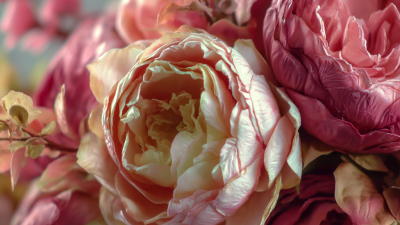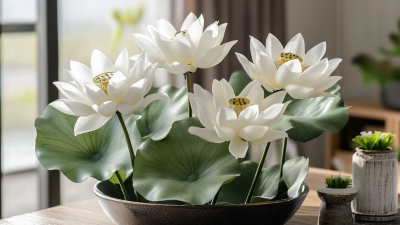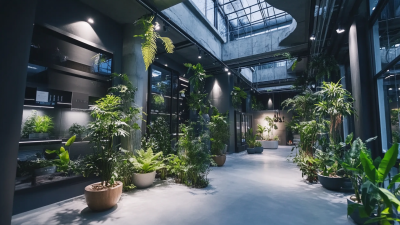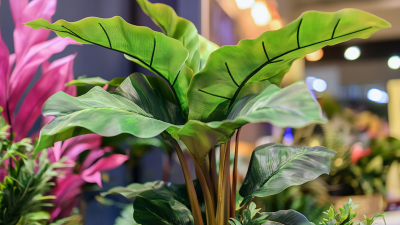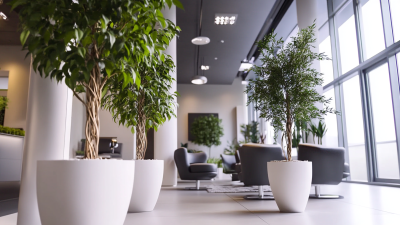
When it comes to home decor, the right choice of accessories can significantly enhance the aesthetic appeal of any space. Among the various options available, Artificial Flowers have gained immense popularity for their ability to add color, texture, and freshness without the upkeep that live plants require. According to a recent market research report by Grand View Research, the global artificial flowers market is projected to reach USD 2.6 billion by 2027, growing at a compound annual growth rate (CAGR) of 3.5% during the forecast period. This growth highlights the increasing preference for low-maintenance decor solutions that still provide the charm of natural beauty.
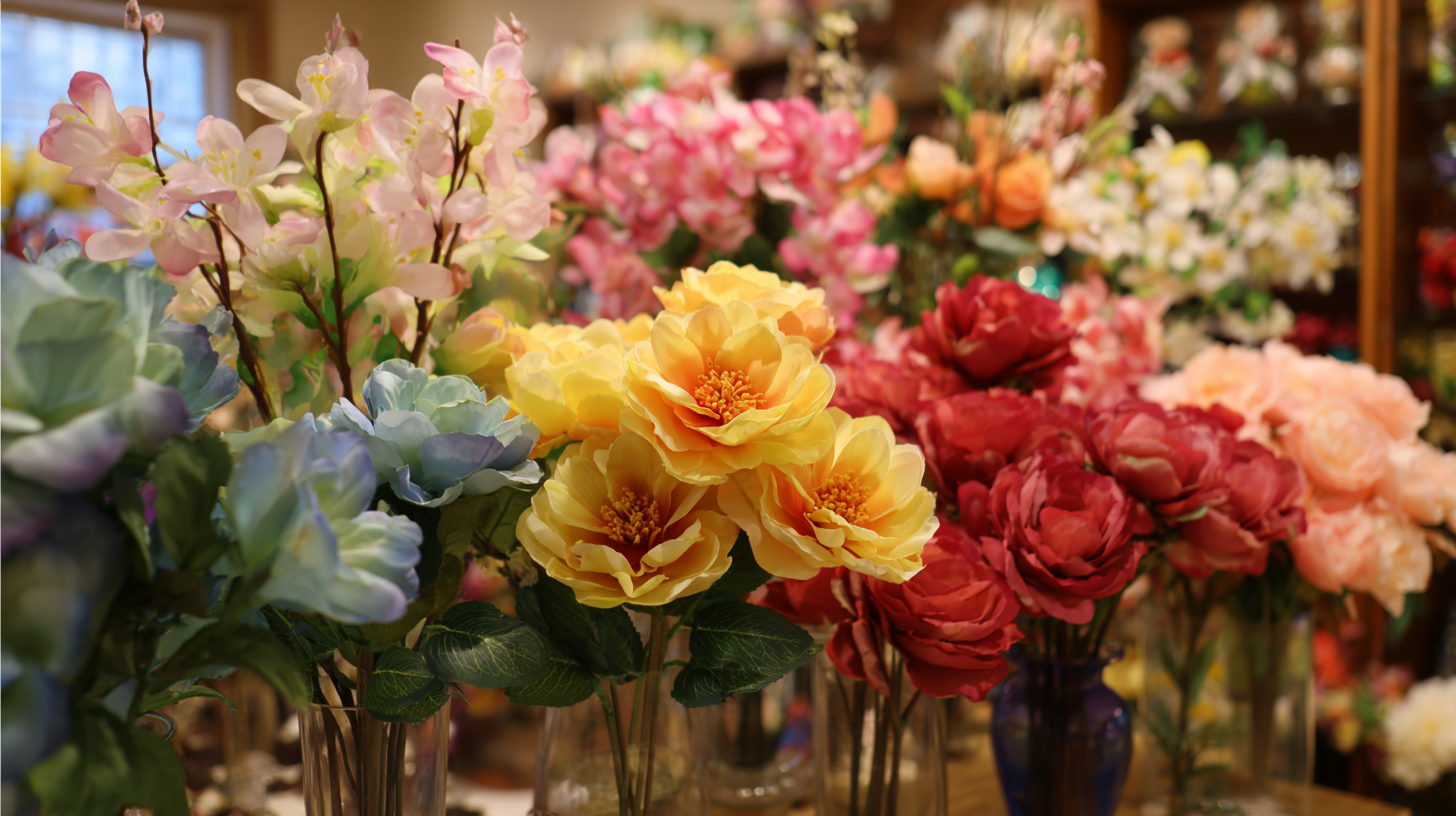
In this guide, we will explore essential tips and considerations to help you choose the perfect Artificial Flowers that complement your home decor style, ensuring your space remains vibrant and inviting year-round.
When selecting artificial flowers for your home decor, it's essential to match them with your existing style to create a cohesive and inviting atmosphere. According to industry research, the market for artificial flowers has grown significantly, reflecting a 25% increase in consumer preference for low-maintenance decor options. This trend highlights a shift towards using faux greenery that can beautifully complement various home styles, from modern minimalism to rustic chic.
For those aiming to achieve a realistic look, it's advisable to choose artificial flowers made from high-quality materials such as silk or preserved plants. These types can mimic the delicate textures and colors of real blooms while requiring no upkeep. Notably, studies show that well-chosen artificial plants can enhance a space’s aesthetic appeal while contributing to a more serene environment—ideal for stress reduction and overall well-being. When arranging these flowers, remember to consider their size and shape relative to your decor; an oversized bouquet may dominate a small room, while delicate stems may get lost in a larger space.
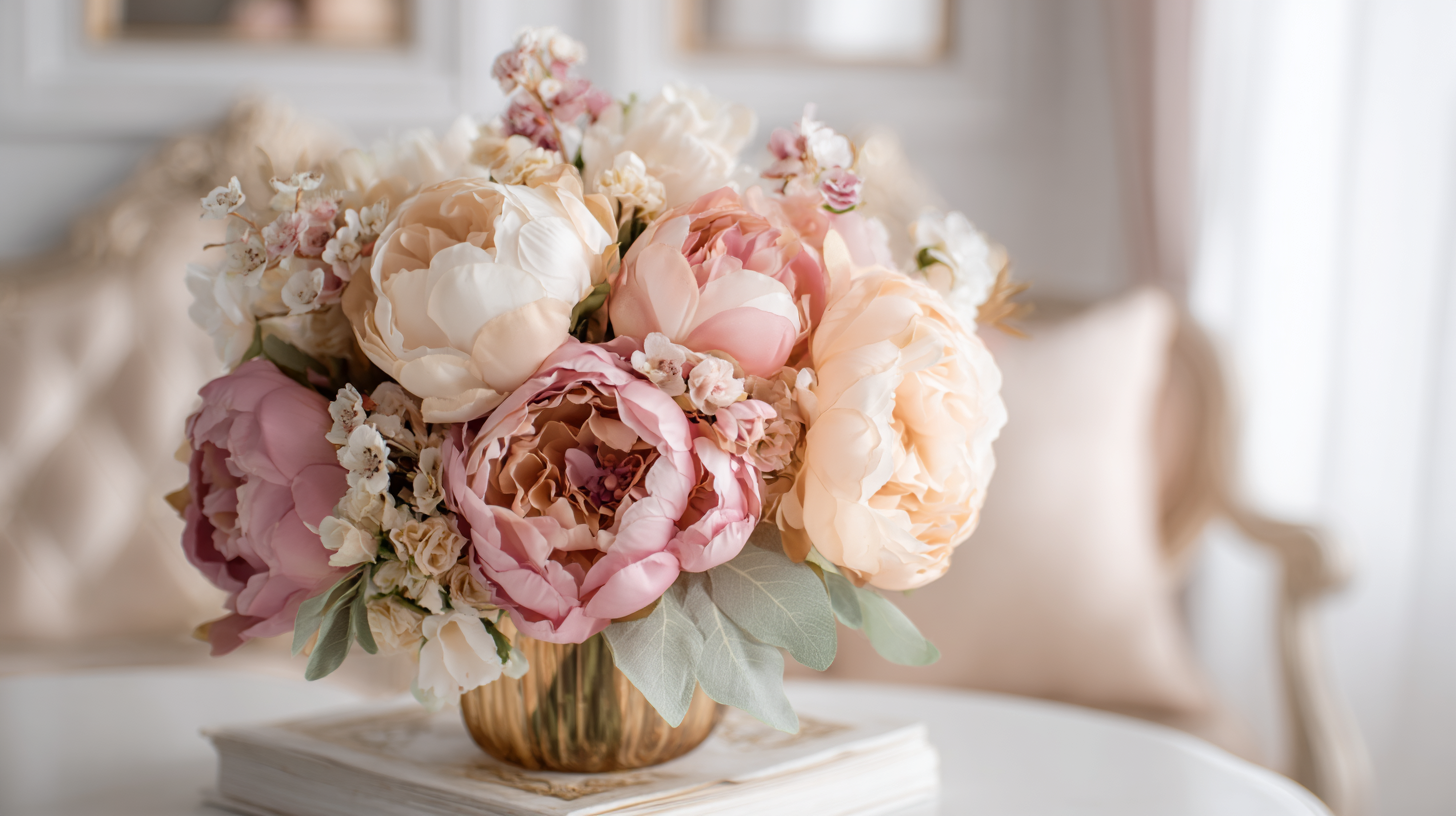
Choosing the right color palette for your artificial flower arrangements is essential for creating a visually pleasing home decor. According to a recent industry report by the National Gardening Association,
80% of consumers believe that the color of flowers significantly impacts their mood and the overall aesthetic of their space. This finding emphasizes the
importance of selecting hues that not only resonate with the style of your home but also evoke the desired emotional response.
When determining your ideal color palette, consider the existing colors in your decor. A
complementary color scheme—where colors are opposite on the color wheel—can create a vibrant and dynamic look.
Alternatively, an analogous color scheme—using colors that are next to each other on the wheel—can foster a harmonious
and serene ambiance. To achieve a balanced arrangement, it's optimal to incorporate three main colors: a dominant color, a secondary accent, and a neutral shade to soften the overall appearance.
Tips: One effective approach is to use seasonal colors. For instance, warm tones like oranges and yellows can create a cozy fall atmosphere, while cool hues like blues and greens can reflect a fresh spring vibe.
Moreover, don't shy away from incorporating varied shades of the same color to add depth to your arrangements. Remember, the key is to reflect your personal style while enhancing the beauty of your living space.
When selecting artificial flowers for home decor, evaluating their quality and realism is crucial to ensuring they enhance your space rather than detract from it. According to a 2022 report by the International Society of Indoor Botanical Artists, over 60% of consumers now prefer high-quality artificial flowers that closely mimic the appearance of real blooms. This trend highlights the growing importance of materials and craftsmanship in creating lifelike designs.
To assess the realism of artificial flowers, consider factors such as texture and color vibrancy. High-quality options often use UV-resistant materials that retain their hue over time, preventing fading and dullness. Additionally, intricate details – from the delicate veins on leaves to the soft petals of flowers – significantly contribute to their authenticity. A study conducted by the American Institute of Floral Designers found that consumers are willing to spend up to 40% more on artificial flora that effectively replicates the natural look, indicating that investment in quality pays off in visual appeal and longevity. Therefore, when choosing artificial flowers, prioritize those that not only look good but also exhibit durability and realism, making them a worthwhile addition to your home decor.
When selecting artificial flowers for home decor, the material is a critical factor that affects both durability and appearance. According to a report by IBISWorld, the artificial flower industry has seen a growth of approximately 5.7% annually over the past five years, indicating a rising demand for high-quality synthetic materials. The most common materials used in artificial flowers include silk, polyester, and plastic, each offering distinct advantages.
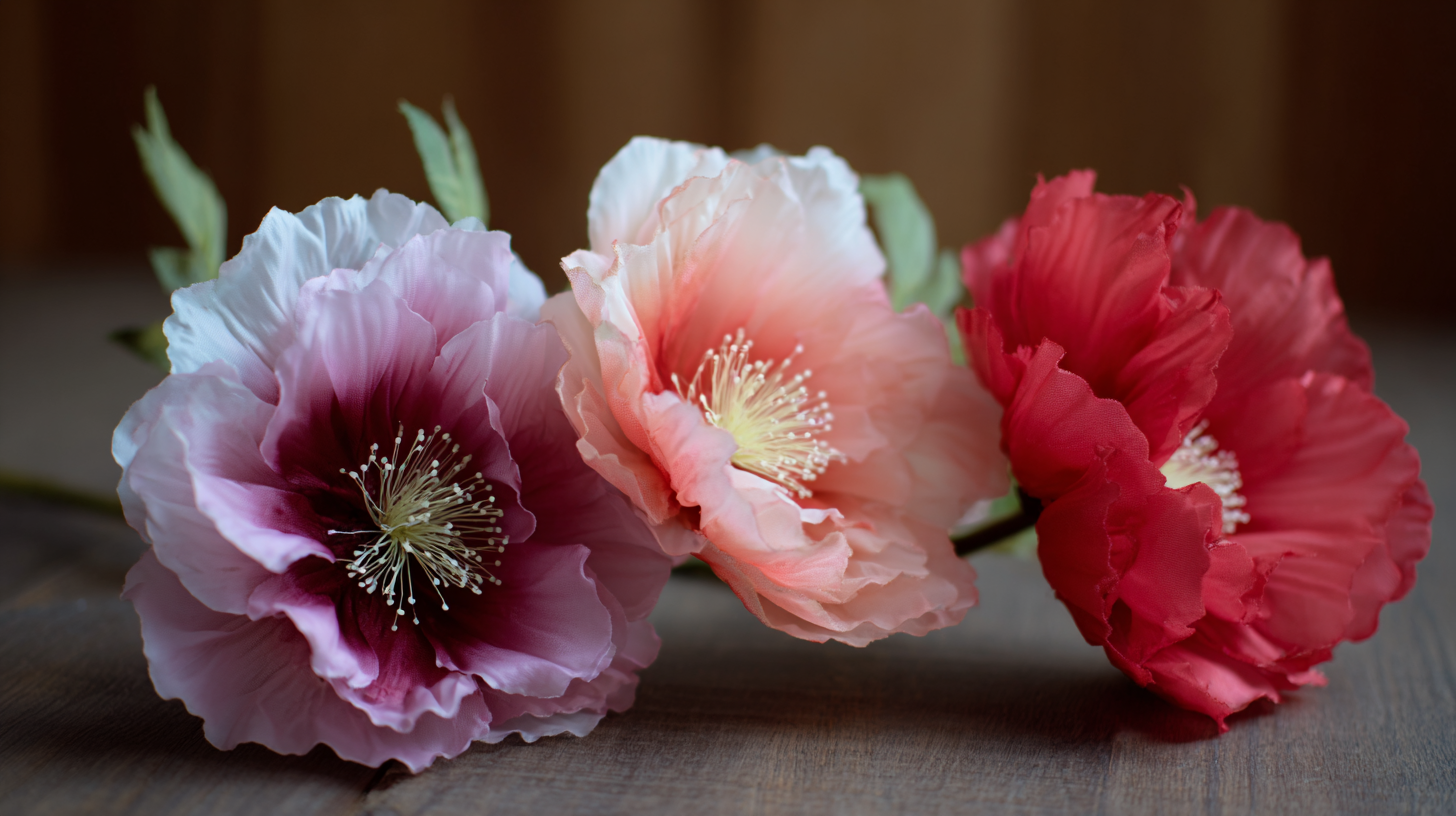 Silk, for instance, is renowned for its realistic look and soft texture, making it a top choice for luxury decor. However, it is crucial to select high-quality silk, as inferior varieties may fade over time when exposed to sunlight. Polyester, on the other hand, is more durable and resistant to UV rays, which enhances the longevity of the flowers. According to the National Association of Home Builders, homes increasingly value durable materials that can withstand the test of time, thereby making polyester arrangements a practical alternative for busy households.
Silk, for instance, is renowned for its realistic look and soft texture, making it a top choice for luxury decor. However, it is crucial to select high-quality silk, as inferior varieties may fade over time when exposed to sunlight. Polyester, on the other hand, is more durable and resistant to UV rays, which enhances the longevity of the flowers. According to the National Association of Home Builders, homes increasingly value durable materials that can withstand the test of time, thereby making polyester arrangements a practical alternative for busy households.
Finally, plastic is often favored for its affordability and resistance to moisture, making it ideal for areas prone to humidity, such as bathrooms or kitchens. A report from Market Research Future predicts that the demand for high-quality artificial flowers made from environmentally friendly materials will continue to rise, with consumers becoming more conscious of their purchasing choices. In essence, understanding the properties of these materials will empower homeowners to select the perfect artificial flowers that not only beautify their spaces but also stand the test of time.
When it comes to enhancing your interior design, arranging artificial flowers can create a stunning effect while maintaining the convenience of low maintenance. According to a report by the Floral Industry Association, over 70% of homeowners opt for artificial flowers as a chic alternative to natural blooms due to their longevity and durability. By incorporating these vibrant arrangements into your decor, you can achieve a fresh, lively atmosphere without the need for constant care.
To elevate your space, consider the color scheme and theme of your room when arranging artificial flowers. For instance, pairing soft pastels with neutral tones can instill a sense of calm, while bold, vibrant hues can add a pop of excitement. A study published in the Journal of Interior Design found that incorporating floral elements can enhance feelings of well-being among occupants by as much as 30%. Strategically placing these arrangements in high-visibility areas such as dining tables or entryways can significantly transform the overall aesthetic of your home. By thoughtfully selecting and arranging artificial flowers, you can create an inviting environment that reflects your personal style.

